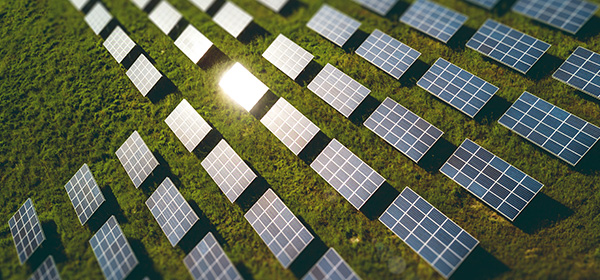- STEP 1Business Area
- Choose your business area. Please make a selection.
-
- STEP 2Product Name
- Please make a selection. You may search without selecting all categories.
-
- STEP 3Applications
- Please make a selection. You may search without selecting all categories.
-

PO
Polyolefin
-
01
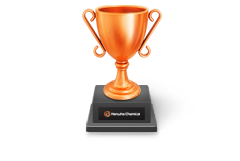 No.1 in domestic market share
No.1 in domestic market share
in LDPE (including EVA) -
02
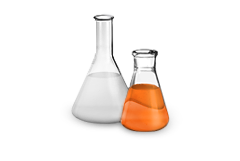 Specialty products (high-value
Specialty products (high-value
-added products) account for
69% of total sales -
03
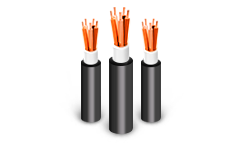 World’s top 3 W&C
World’s top 3 W&C
compound manufacturer -
04
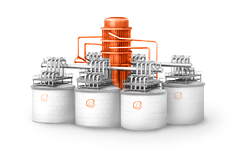 Korea’s largest LDPE, LLDPE
Korea’s largest LDPE, LLDPE
production facility
PO is a polymer that boasts outstanding physical properties and environmental stability. It is used in a wide variety of applications from daily consumer goods, such as packaging materials, container lids, and plastic bags to high-tech industrial goods. Hanwha Solutions Chemical Division was Korea’s first company to produce LDPE in 1972, and we were also the first company in Korea to produce LLDPE in 1986. Through relentless efforts in technology innovation, we also became the first company in Korea to produce wire and cable (W&C) compounds that had been entirely reliant on imports. Our W&C compounds’ application has been expanding continuously to include extra-high-voltage cables. We also succeeded in developing EVA (ethylene vinyl acetate), a specialty value-added product, with our own technology. Our EVA was crowned the World-Class Products of Korea certification.
Hanwha Solutions Chemical Division made inroads into the Middle Eastern market by signing a joint venture deal with Saudi Arabia’s Sipchem, a private petrochemical company. IPC (International Polymers Company), the JV based in Saudi Arabia, is producing specialty PO products, EVA and LDPE. The investment allowed us to reduce cost and achieve an economy of scale, and secure world-class competitiveness by becoming the world’s second largest EVA manufacturer.
TIMELINE
- 1972 Produced Korea’s first LDPE
- 1985 Produced Korea’s first EVA and W&C compound
- 1986 Produced Korea’s first LLDPE
- 2004 Insulation compounds for power cables certified as the World-Class Product of Korea
- 2009 EVA for thermal lamination film certified as the World-Class Product of Korea
Launched International Polymers Company (IPC), a JV based in Saudi Arabia, for LDPE
and EVA production - 2011 EVA for photovoltaic cells certified as the World-Class Product of Korea
Launched Gulf Advanced Cable Insulation (GACI), a JV based in Saudi Arabia, for W&C
compound production - 2013 Launched Malaysian subsidiary
- 2015 IPC and GACI commenced the commercial production
- 2019 Established own technology based plant and began commercial production in 2019
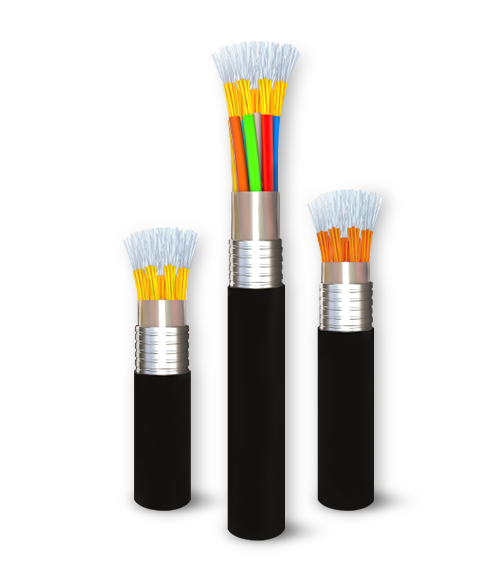
Products
-
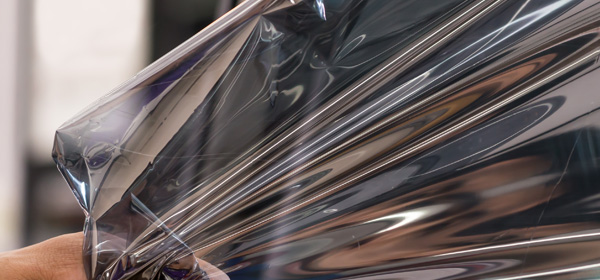
 Low Density Polyethylene
A synthetic resin suitable for making agricultural and industrial films, it is also used for coatings, injection
Low Density Polyethylene
A synthetic resin suitable for making agricultural and industrial films, it is also used for coatings, injection
molding, foaming, and blow molding purposes. -

 Ethylene Vinyl Acetate Copolymer
With outstanding transparency, flexibility, and low
Ethylene Vinyl Acetate Copolymer
With outstanding transparency, flexibility, and low
-temperature brittleness, EVA is used as a material
for shoe soles, agricultural films, laminating films,
and solar cell sheets. -

 Linear Low Density Polyethylene
With its mechanical strength, optical properties, and high
Linear Low Density Polyethylene
With its mechanical strength, optical properties, and high
resistance to environmental stress cracking, it is used as
an ingredient for food and industrial packaging materials
and tarpaulin coatings. -
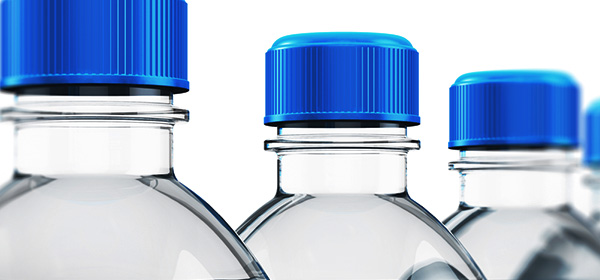
 High Density Polyethylene
HDPE has high-speed processability, high mechanical
High Density Polyethylene
HDPE has high-speed processability, high mechanical
strength, and high puncture resistance. It is widely used
for insulating communication cables and tarpaulin yarns. -
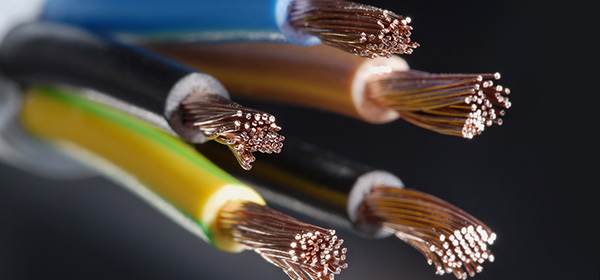
 Wire & Cable Compound
Featuring balanced electrical and mechanical properties
Wire & Cable Compound
Featuring balanced electrical and mechanical properties
as well as extrusion processability, W&C compounds are
used in insulating and sheathing electric and
communication cables. -

 Hydrogenated Hydrocarbon Resin
Waterwhite, excellent thermal stability and low odor hydrogenated hydrocarbon resin.
It is used in hot-melt adhesives(HMA), hot melt adhesives for hygiene products(HMPSA) and other additives.
Hydrogenated Hydrocarbon Resin
Waterwhite, excellent thermal stability and low odor hydrogenated hydrocarbon resin.
It is used in hot-melt adhesives(HMA), hot melt adhesives for hygiene products(HMPSA) and other additives.
PVC
Polyvinyl Chloride
-
01
 Secured competitiveness via vertical integration
Secured competitiveness via vertical integration
Ethylene Next EDC Next VCM Next PVC -
02
 49% in domestic
49% in domestic
PVC market share
Polyvinyl chloride is a general-purpose plastic most widely used as a raw material for industrial goods, packaging films, toys, and household items. Since beginning the production of Korea’s first PVC in 1966, Hanwha Solutions Chemical Division has led the Korean PVC industry achieving complete vertical integration of the production chain, from feedstocks to end products.
Our PVC plant in Ningbo, Zhejiang Province, China, capable of producing 300,000 tons of PVC annually, holds a strong presence in the Chinese PVC market based on superb quality, eco-friendliness, and cost competitiveness achieved through strategic alliance with local chemical players.
Since 2017, we are producing CPVC, a specialty synthetic resin. Ten percent higher in Chlorine content compared with PVC, CPVC is highly resistant to heat, pressure, and corrosion, making it an ideal raw material for sprinkler, hot water, and special-purpose industrial pipes. We were also successful in independently developing an eco-friendly plasticizer, Eco-DEHCH, which is improved in quality without containing phthalates.
TIMELINE
- 1966 Produced Korea’s first PVC
- 1967 Completed construction of Ulsan PVC Plant
- 1968 Completed construction of Jinhae PVC Plant
- 1990 Completed construction of Yeosu PVC plant
- 2009 Acquired Ulsan Plant 3 for DOP, MA, and PA production
- 2010 Completed construction of Ningbo PVC plant in China
- 2017 Localized and began production of CPVC
- 2017 Obtained certification for eco-friendly plasticizer, Eco-DEHCH
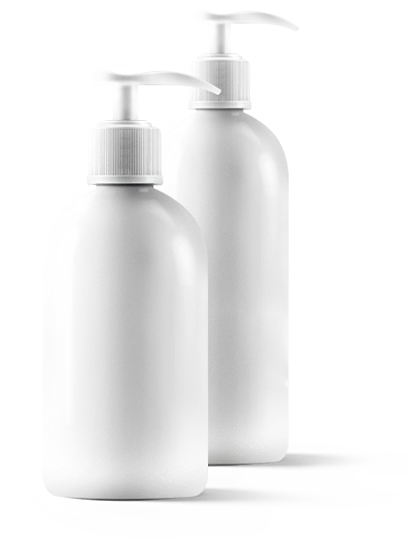
Products
-
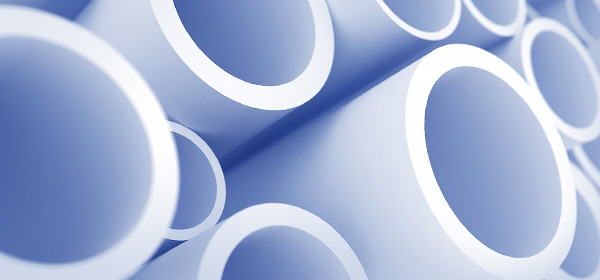
 Polyvinyl Chloride Resin
PVC has extensive applications, including different
Polyvinyl Chloride Resin
PVC has extensive applications, including different
types of pipes, agricultural films, synthetic leather,
sheets, window frames, cable sheathing, hoses, and
cable insulation. -
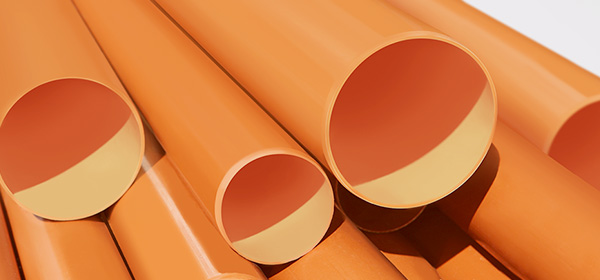
 Chlorinated PVC
A specialty PVC product permeated with Chlorine to
Chlorinated PVC
A specialty PVC product permeated with Chlorine to
become much more resistant to heat, pressure and
corrosion, it is an ideal raw material for sprinklers,
hot water, and special industrial pipes. -

 PVC Paste Resin
PSR is used in a diverse arrange of industries, including
PVC Paste Resin
PSR is used in a diverse arrange of industries, including
construction, consumer goods (sofa, bag, shoes),
automobiles (vehicle undercoating, batteries), and
stationary and toys (erasers, dolls). -
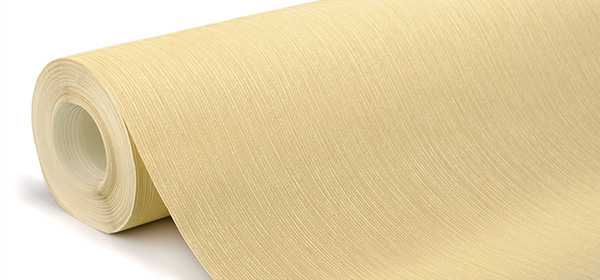
 Plasticizers are additives to PVC and PSR resins to improve the flexibility of the plastics. They are mainly used in soft products and compounds that require flexibility.
Plasticizers are additives to PVC and PSR resins to improve the flexibility of the plastics. They are mainly used in soft products and compounds that require flexibility.
-
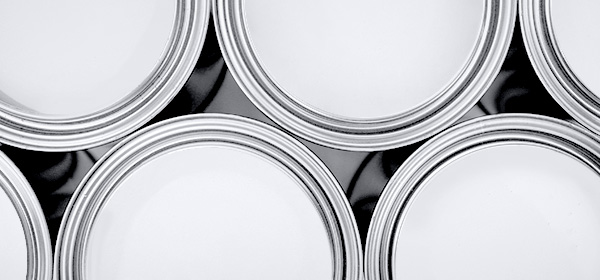
 Oxo Alcohol / 2-Ethyl Hexanol
OA is a colorless and transparent liquid produced
Oxo Alcohol / 2-Ethyl Hexanol
OA is a colorless and transparent liquid produced
by a chemical reaction of Propylene, Carbon Monoxide,
and Hydrogen. OA is used in plasticizers, solvents,
detergents, and acrylates.
CA
Chlor - Alkali
-
01
 Korea’s No.1
Korea’s No.1
in CA production capacity -
02
 Complete vertical integration
Complete vertical integration
Cl2 Next EDC Next VCM Next PVC
CA refers to a range of inorganic chemical products, particularly Chlorine and Caustic Soda. They are widely used in various industries such as paper, textiles, metals, and electrical generation. Hanwha Solutions Chemical Division holds Korea’s largest market share in CA, and strives to enhance its competitiveness as it emerges as a globally recognized brand.
TIMELINE
- 1980 Completed construction of Yeocheon CA Plant and secured Korea’s
largest production capacity - 1990 Completed construction of Korea’s first ECH plant 20,000 annualized tons
in capacity, achieving domestic production of ECH - 2010 Completed expansion of Yeosu CA/OXY Plant No. 4
- 2017 Completed 3rd phase expansion of Yeosu CA/OXY Plant No. 5

Products
-

 NaOH
Used in wide-ranging industries, such as paper, textiles, detergents, metals, food, and electrical generation, and particularly water treatment to prevent air and water contamination.
NaOH
Used in wide-ranging industries, such as paper, textiles, detergents, metals, food, and electrical generation, and particularly water treatment to prevent air and water contamination.
-
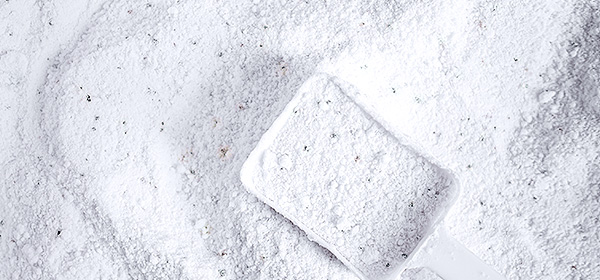
 Cl2
Chlorine is used to produce EDC, VCM, TDI, MDI, polycarbonate, agricultural chemicals, solvents, and
Cl2
Chlorine is used to produce EDC, VCM, TDI, MDI, polycarbonate, agricultural chemicals, solvents, and
the sterilization and disinfection of water and sewage -
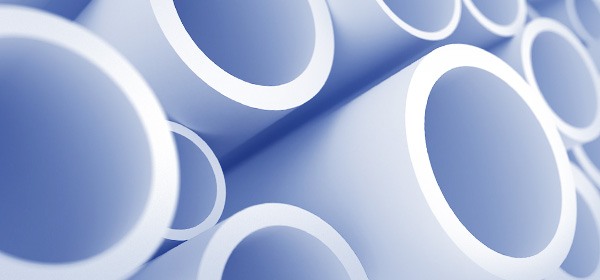
 Ethylene Dichloride
A colorless liquid created by reacting Chlorine and Ethylene,
Ethylene Dichloride
A colorless liquid created by reacting Chlorine and Ethylene,
EDC is used in manufacturing VCM and various solvents. -
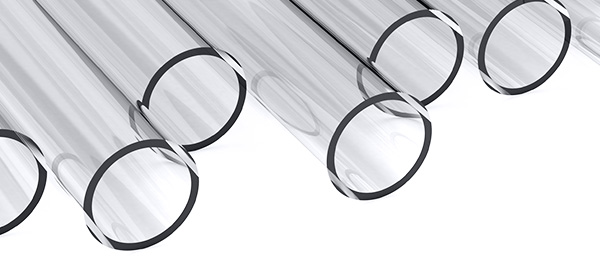
 Vinyl Chloride Monomer
This colorless gas created by EDC pyrolysis is used mainly
Vinyl Chloride Monomer
This colorless gas created by EDC pyrolysis is used mainly
to produce PVC. -
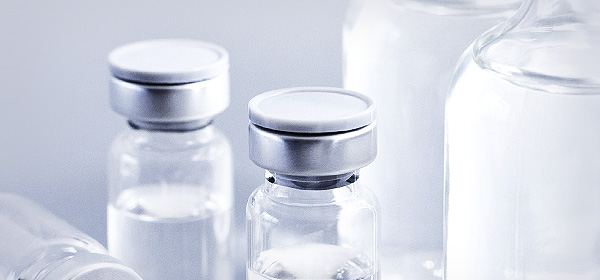
 Epichlorohydrin
ECH is used as an intermediate material for epoxy resins,
Epichlorohydrin
ECH is used as an intermediate material for epoxy resins,
synthetic glycerin, and special rubber. It is also used as
paper strengthener, surfactants, medicine, and solvents. -
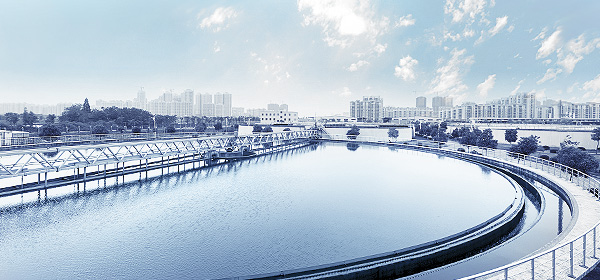
 Hydrochloric Acid
HCl has diverse applications, including water and
Hydrochloric Acid
HCl has diverse applications, including water and
wastewater treatment and sterilization and disinfection. -
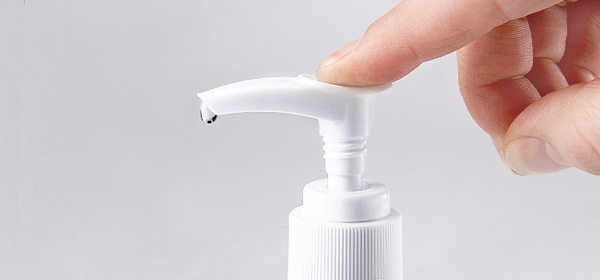
 Sodium Hypochlorite
HYPO is used for disinfection, sterilization, and bleaching.
Sodium Hypochlorite
HYPO is used for disinfection, sterilization, and bleaching.
It is an ingredient for lox hydrazine.
Polysilicon
Polysilicon
-
01
 Track record in conventional petrochemical
Track record in conventional petrochemical
production, e.g. CA, EDC, VCM, led to lower cost and
higher profitability at an early stage -
02
 Vertical integration: Complete vertical
Vertical integration: Complete vertical
integration from polysilicon to solar power generation
gives a competitive edge in the market
Polysilicon is a core material in photovoltaic production. In particular, the market for solar-grade, high-purity Polysilicon is limited only to a small number of companies possessing sophisticated processing technologies because technology barriers are high and the market entry requires huge initial investment cost. Hanwha Solutions Chemical Division leverages its technologies and knowhow to bring advancement in the solar PV industry.
We have built a Polysilicon plant capable of producing 10,000 tons annually in the Yeosu Industrial Complex and went into commercial production in 2014. Backed by the synergy created among our affiliates, Hanwha Solutions Chemical Division is continuously investing to become a globally leading solar player.
| Hanwha Solutions Chemical Division | Hanwha Solutions/Q CELLS |
|---|---|
| Polysilicon | Cell / Module / EPC & Operations |
TIMELINE
- 2010 Acquired Solarfun Power Holdings, now renamed Hanwha Q CELLS,
to enter the photovoltaic business - 2011 Established Hanwha Q CELLS Korea
- 2012 Acquired Q-CELLS in Germany, ranked as the world’s third photoboltaic business
- 2014 Commenced commercial production of polysilicon from Yeosu Plant (10,000 annualized tons)
- 2015 Hanwha Q CELLS emerges as World’s top solar cell maker (4.2GW in cell capacity)
- 2016 Increased Yeosu plant’s production to 15,000 tons annually
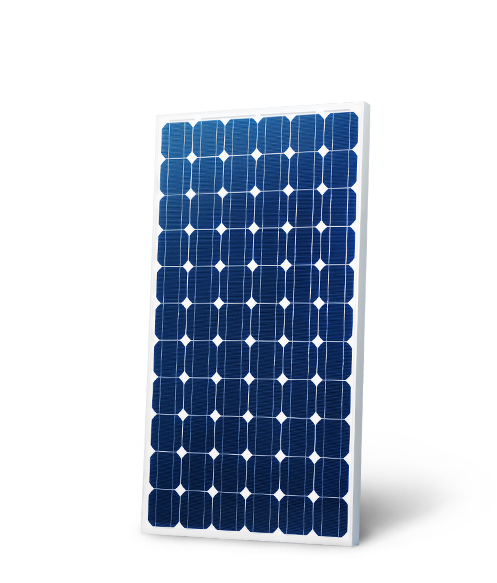
TDI
Toluene Diisocyanate
-
01
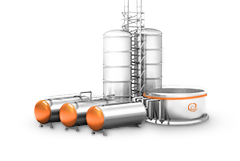 Production Capacity of 150KTA
Production Capacity of 150KTA
in three lines -
02
 No1. in domestic
No1. in domestic
market share -
03
 Exported to 120 countries
Exported to 120 countries
worldwide
TDI is used in synthesizing polyurethane alongside MDI and polyol. It is applied in a wide range of products, such as PU foams, synthetic leather, construction materials, and paint adhesives. The TDI business signals the beginning of Hanwha Solutions Chemical Division’s long-term plan to secure global competitiveness in the polyurethane industry by expanding the scope of business and developing high-value-added products.
TIMELINE
- 1978 Established
- 1983 Completed construction of Yeocheon plant
- 2000 Completed construction of TDI plant No. 2
- 2011 Completed construction of TDI plant No. 3
- 2014 Acquired Hanwha Fine Chemical
- 2016 Merged by Hanwha Chemical
- 2020 Completion XDI factory
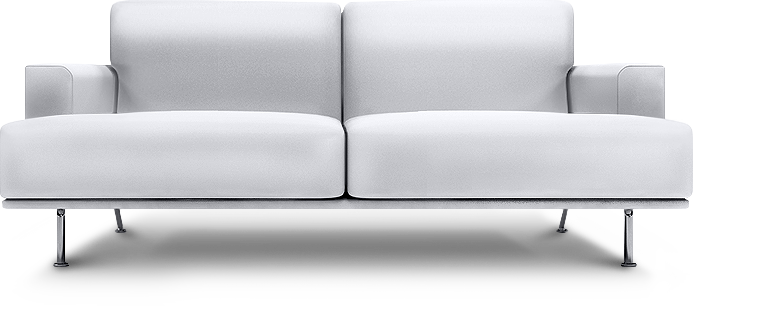
Products
-

 Toluene Diisocyanate
A feedstock for PU resin and adhesives. Flexible foams
Toluene Diisocyanate
A feedstock for PU resin and adhesives. Flexible foams
are used in shoes, furniture, automotive components,
bedding, and toys, while semi-rigid foams are used in
car interior materials. -

 L-75, IL-50
TDI derivatives are used in adhesives for food packaging
L-75, IL-50
TDI derivatives are used in adhesives for food packaging
and varnish for wood. -
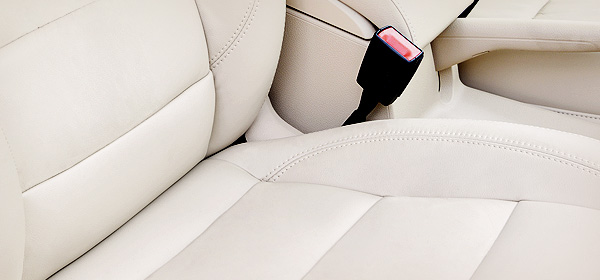
 Mixed Isocyanate
TM is a blending of TDI and MDI used mainly as
Mixed Isocyanate
TM is a blending of TDI and MDI used mainly as
a material in automobile seats. -

 Toluene Diamine
TDAs are used in antioxidants, anticorrosive agents, dyes,
Toluene Diamine
TDAs are used in antioxidants, anticorrosive agents, dyes,
urethane foam sprays, and epoxy hardeners. -

 Specialty Isocyanate
It is a specialty chemical material used in optical lenses, adhesives, ink binders, coatings, etc.
Specialty Isocyanate
It is a specialty chemical material used in optical lenses, adhesives, ink binders, coatings, etc.
ASR
Alkali Water Soluble Resin
-
01
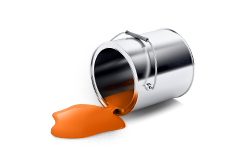 Korea’s first localization
Korea’s first localization
of ASR -
02
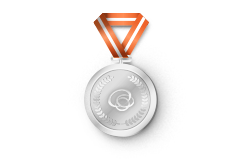 One of top 3 makers
One of top 3 makers
in the world -
03
 96% of products exported to
96% of products exported to
40 countries in the world
Hanwha Alkali Water Soluble Resins have outstanding features to develop properties such as pigment dispersion, stability and printing for water base coating and printing applications. Since Hanwha Solutions Chemical Division Thailand was established in 1989, we have been steering the global market by developing new markets abroad. We will enhance our ASR and Emulsion products to continuously meet the needs of our customers.
TIMELINE
- 1985 Localization of ASR
- 1989 Hanyang Chemical(Thailand) Co.,Ltd Established
- 1994 Company name changed to Hanwha Chemical Thailand Co.,Ltd
- 2009 TR-1 Production Line Commercial Production (7KTA)
- 2010 TR-2 Production Line Commercial Production (4KTA)
- 2012 TR-3 Production Line Commercial Production (7KTA)
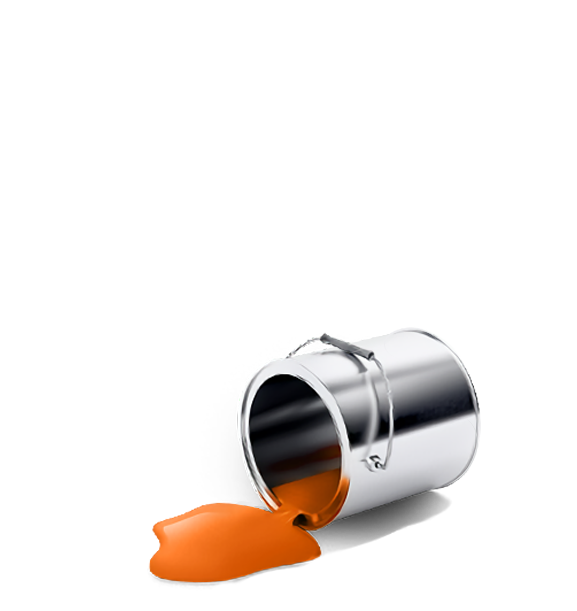
Products
-

 Dispersant for pigment grinding, main resin for water
Dispersant for pigment grinding, main resin for water
based OPV, coating for heat seal, floor polishing and
polymer surfactant for RFE & PSA -
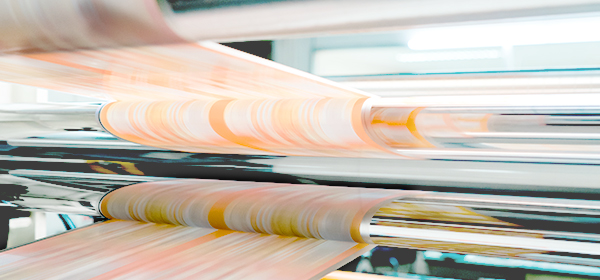
 Co-stabilizer for water based ink, OPV, heat seal,
Co-stabilizer for water based ink, OPV, heat seal,
floor polishing and RFE & PSA -
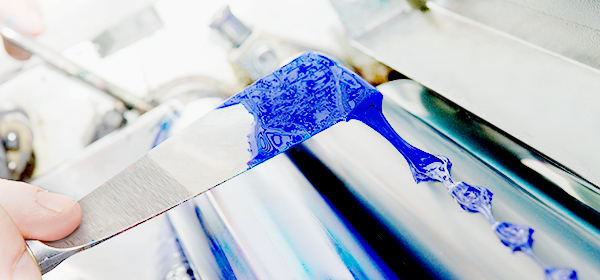
 Solution products for water based ink, OPV, heat seal,
Solution products for water based ink, OPV, heat seal,
floor polishing and RFE & PSA -
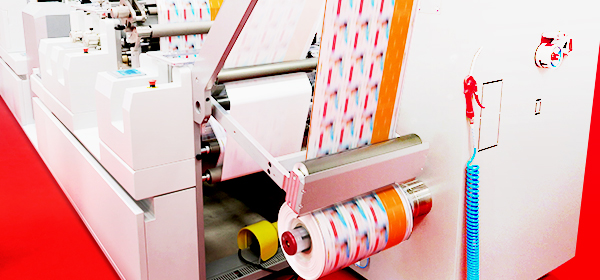
 Emulsion products for water based ink, OPV, heat seal,
Emulsion products for water based ink, OPV, heat seal,
floor polishing and RFE & PSA



